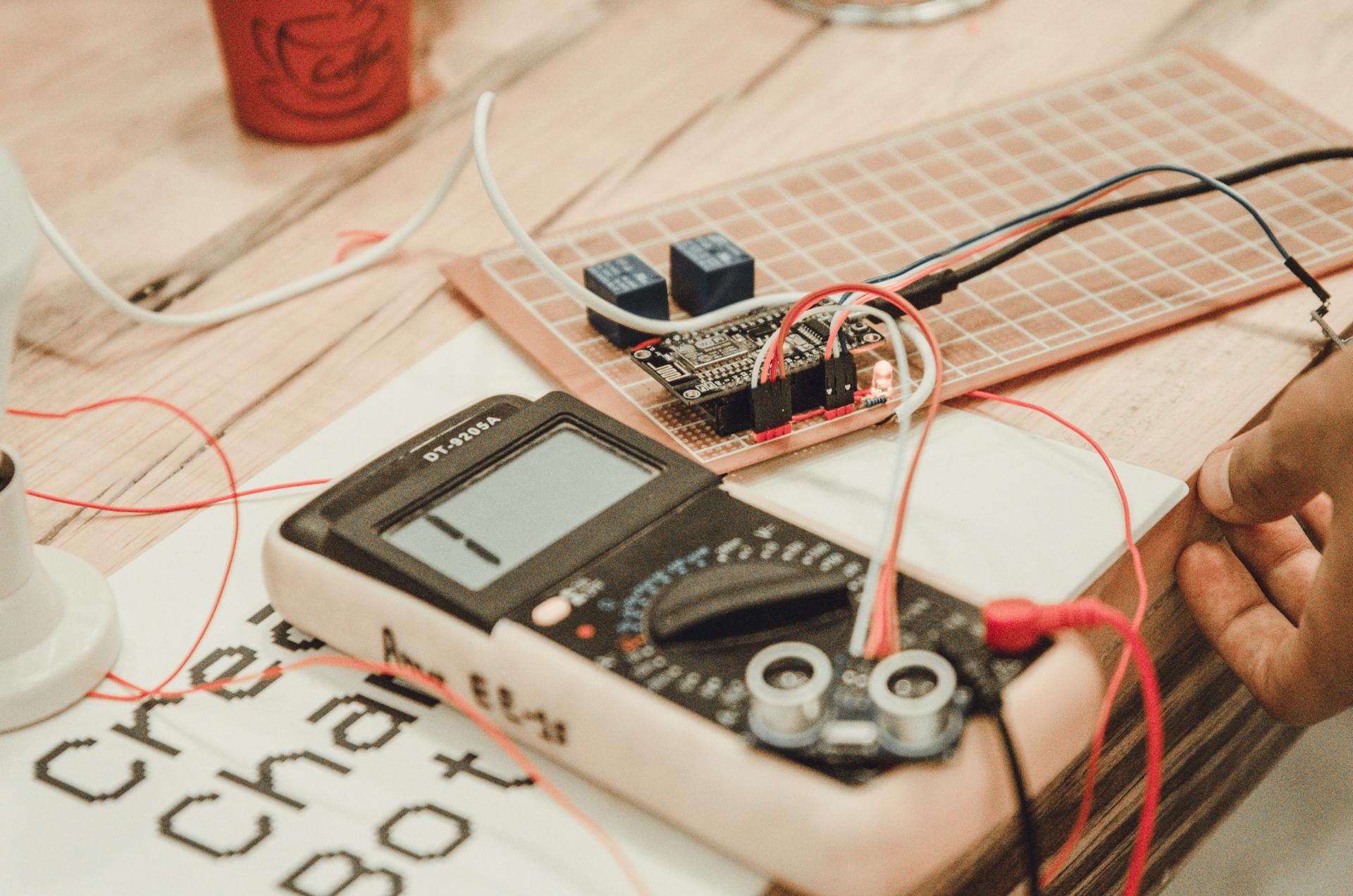Safeguard Your Loved Ones: Discover How to Perform an Electric Security Test at Home

In the realm of security in your home one of the most crucial aspects to be considered is the safety of electrical wiring. Electrical safety testing is the procedure of testing the electrical system in your home to ensure that it is safe and in compliance with the latest standards. In this article we’ll provide information on what electrical safety tests are, the tools you’ll need to conduct them, how to carry out the tests and what warning signs to be aware of.
What’s an Electrical Safety Test?
A safety test for electrical appliances is the procedure of examining the electrical system inside your home to make sure it is safe and working properly. Safety tests for electrical appliances are crucial as they can prevent electrical accidents and fires and also ensure the long-term durability that your electric system has.
Tools Required to conduct an Electrical Safety Test
To conduct an electrical safety test, you’ll need a few essential tools. This includes the voltage tester and a continuity tester circuit tester, as well as an outlet tester. A voltage tester can look for live circuits, whereas the continuity tester is used to check for circuits that are damaged. Circuit testers are used to check for wiring faults, and outlets testers are used to detect wiring issues at the outlets. It is crucial to use these devices correctly to get exact results.
How do I Conduct an Electrical Safety Test
To perform an electric safety check in your home take these steps:
Turn off the power for the circuit that you’re trying to test.
Utilize your voltage tester to test whether there are live circuits.
Use the test for continuity to test for damaged circuits.
Use the circuit tester for checking for any wiring issues.
Utilize the tester for outlets to find any wiring issues within the outlets.
During the testing process make sure you look for evidence of wear or damage on the wiring that could indicate broken or frayed wires burn marks, as well as loose or damaged connections. If you discover any problems that need attention, you must address them as soon as possible to prevent any potential dangers.
The Signs of Electrical Issues to Watch Out For
There are many indicators that may indicate electrical problems in your home. These include flickering lights frequently tripping the circuit breaker, buzzing or crackling sounds from outlets, the appearance of outlets that are discolored or hot as well as a burning smell. If you notice any of these indicators, you must get to work immediately to avoid any electrical dangers.
Conclusion
Safety tests for electrical appliances are essential for ensuring the safety of your home and family. By conducting regular tests and taking care to address any issues immediately, you can avoid potential electrical hazards and extend the lifespan of your electrical system. If you need assistance in electrical repairs or testing, don’t hesitate to contact Local Electrician Melbourne. Our experienced team can provide you with expert guidance and support. Contact us via 1300 938 582 to schedule an appointment or request a quote.
FAQ Section
When should I perform an electrical safety test in my home?
We suggest conducting safety tests for electrical equipment at least every year.
Can I perform an electric safety check by myself or do I need the help of a specialist?
Although it’s possible to conduct an electrical safety test by yourself however, it’s advised to employ an expert to ensure the accuracy of results and prevent potential hazards.
What are the most common electrical problems found during an electrical safety test?
The most common electrical problems that are discovered during a safety test comprise faulty wiring, overloaded circuits, and outdated electrical systems.
What should I do if discover a problem during the electrical safety check?
If you discover a problem during the electrical safety test It is crucial to act quickly. This could include making contact with an experienced electrician to fix the problem or replacing damaged equipment.
